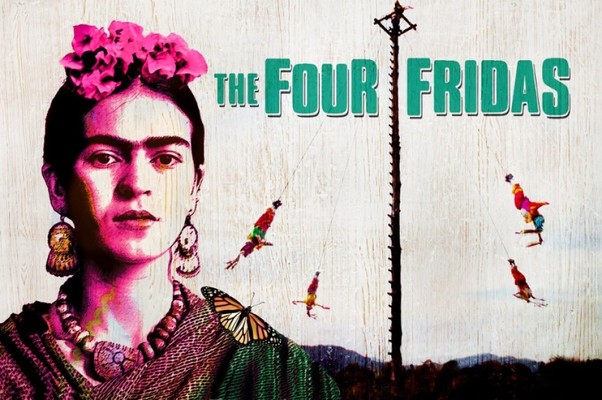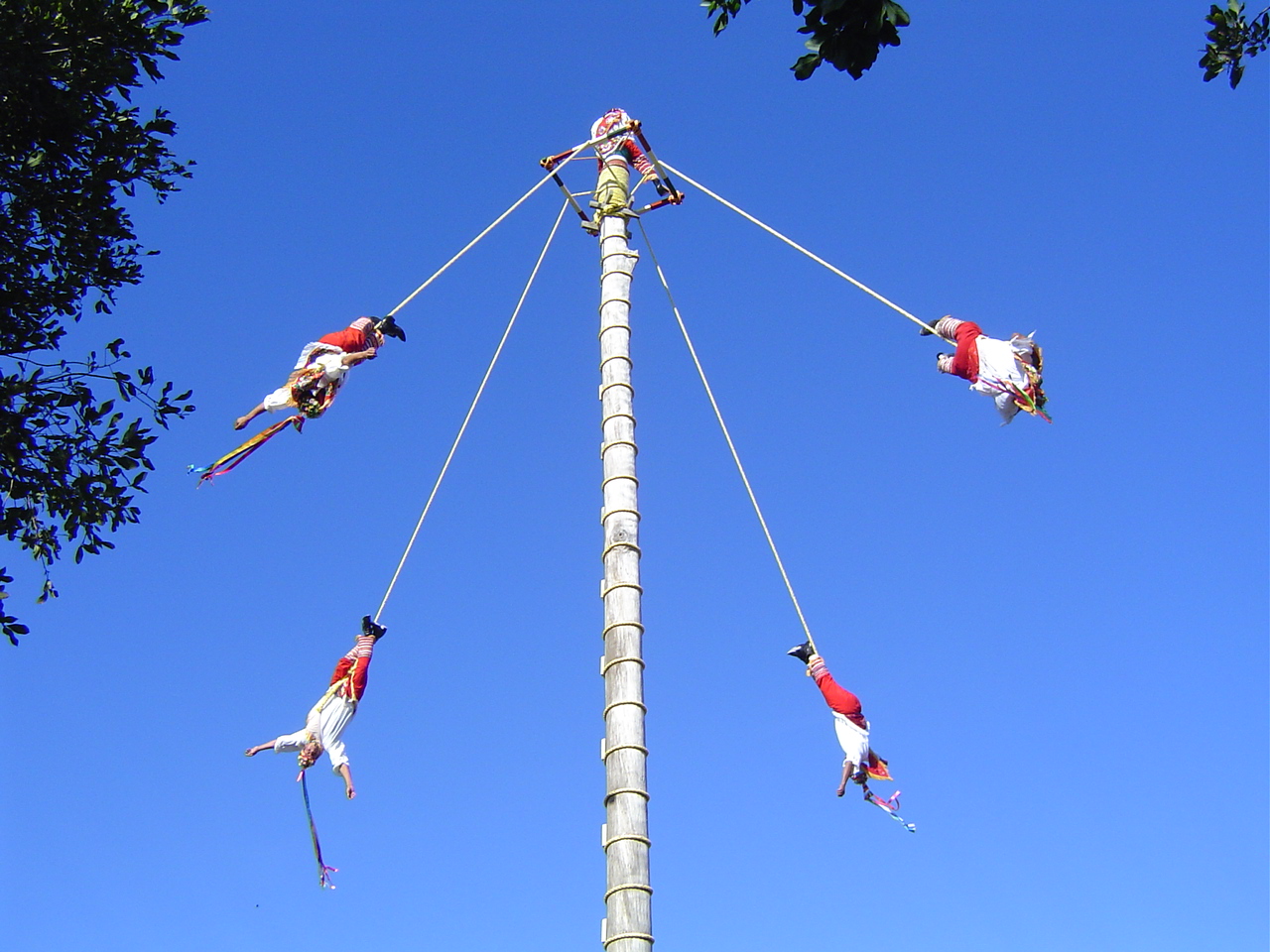No matter how many times you see this beautiful performance, it will continue to astonish me, and the plaintive tune of the flute and drum will remain with me for ever.
I am so proud to have the privilege to enjoy a once in a lifetime opportunity to see the legendary birdmen of Mexico! in the UK.
This is a unique and visually stunning spectacle watching these Totonac men soaring through the air suspended on ropes, this is truly one of the cultural wonders of Latin America, and I do not have a doubt why it has been honoured by UNESCO as Intangible Cultural Heritage.


Part of the Year of Mexico in Britain, the Voladores are honoured guest to perform at 2 of the major festivals in the UK Glastonbury Festival and The Four Frida’s festival (In association with the InTRANSIT Festival, Cumbre Tajin and ExpressArte)
Hope you get the chance to see this amazing spectacle.
ABOUT THE VOLADORES
Volador means flyer – he who flies. It is breathtaking to watch the spectacle of four men gracefully “flying” upside down from a 75 foot pole secured only by a rope tied around their waists.
Even more amazing is the musician, called the caporal. Balanced on a narrow wooden platform without a rope or safety net, the caporal plays a drum and flute and invokes an ancient spiritual offering in the form of a spectacular dance.
As he turns to face the four cardinal directions, he will bend his head back to his feet, balance on one foot then lean precariously forward, and perform intricate footwork, all the time playing the flute and drum! No matter how many times you see this beautiful performance, it will continue to astonish you, and the plaintive tune of the flute and drum will remain with you long after you have returned home.
The early history of the ceremonial flight of the Voladores is shrouded in the mists of antiquity. Information about the original ritual was partially lost when the invading conquerors from Spain destroyed so many of the documents and codices of the indigenous cultures. Fortunately, enough survived through legend and oral history and in materials written by early visitors to New Spain, that anthropologists and historians have been able to document at least part of the story of this ancient religious practice and how it has evolved through time.

